Balanced Watering - Can't figure out the balance...
saoodhashim
10 years ago
Related Stories
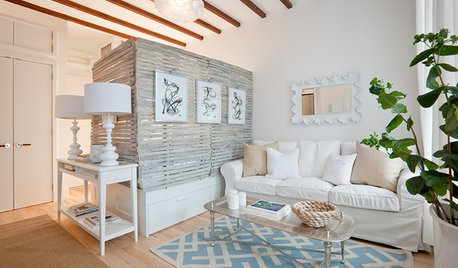
SMALL HOMESHouzz Tour: Artistic Balance for a Brooklyn Studio
Opposite textures and finishes combine to give a 400-square-foot apartment depth and character
Full Story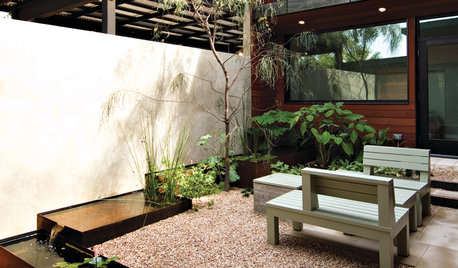
LANDSCAPE DESIGNStrike a Balance: Stuff vs. Space in the Garden
Zoom out to the big design picture before focusing on the little details, to create a garden with all the elements in balance
Full Story
LIVING ROOMSRoom of the Day: Balancing Rustic and Glam in North Carolina
He wanted rough hewn; she wanted more polished — and a kid and dogs needed considering. See how their family room came together beautifully
Full Story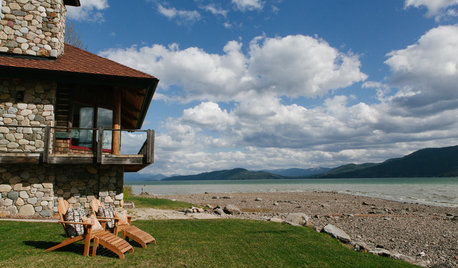
RUSTIC STYLEHouzz Tour: Home’s Idaho Flavor Balances Rustic and Luxe
Local flora, fauna and textures come together in this relaxing vacation house on the state’s largest lake
Full Story
HOUZZ TOURSHouzz Tour: Balancing His and Hers Style
Traditional and modern tastes blend in Beverly Hills home
Full Story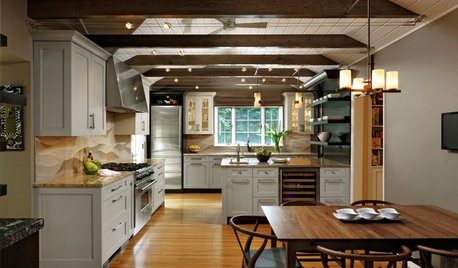
KITCHEN OF THE WEEKKitchen of the Week: Seeking Balance in Virginia
Poor flow and layout issues plagued this kitchen for a family, until an award-winning design came to the rescue
Full Story
HOUZZ TOURSHouzz Tour: Beauty and Balance on the California Coast
Dream Ranch Remodel Reflects Owners' Philosophy and Zeal for Life
Full Story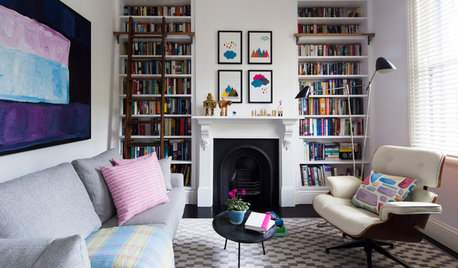
DECORATING GUIDESHow to Bring Balance to an Eclectic Look
Can you pull off design harmony with pieces of different eras and styles? You can with these tips
Full Story






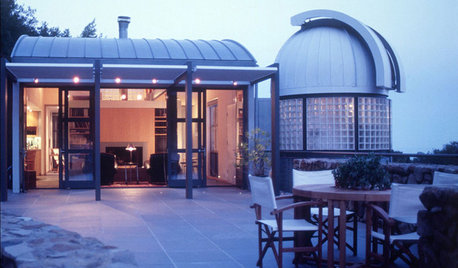



drew51 SE MI Z5b/6a
saoodhashimOriginal Author
Related Professionals
Belmont Landscape Architects & Landscape Designers · Prairie Ridge Landscape Architects & Landscape Designers · Vernon Hills Landscape Architects & Landscape Designers · Brookside Landscape Contractors · East Hanover Landscape Contractors · Nanuet Landscape Contractors · Plainview Landscape Contractors · South Portland Landscape Contractors · Homestead Window Contractors · Lemont Window Contractors · Two Rivers Window Contractors · Hialeah Gardens Window Contractors · Charlotte Fence Contractors · Voorhees Fence Contractors · Wauconda Fence Contractorsmeyermike_1micha
saoodhashimOriginal Author
calistoga_al ca 15 usda 9
TheMasterGardener1
Tiffany, purpleinopp Z8b Opp, AL
oxboy555
Tiffany, purpleinopp Z8b Opp, AL
meyermike_1micha
Tiffany, purpleinopp Z8b Opp, AL
oxboy555
calistoga_al ca 15 usda 9
TheMasterGardener1
Tiffany, purpleinopp Z8b Opp, AL
TheMasterGardener1
Tiffany, purpleinopp Z8b Opp, AL